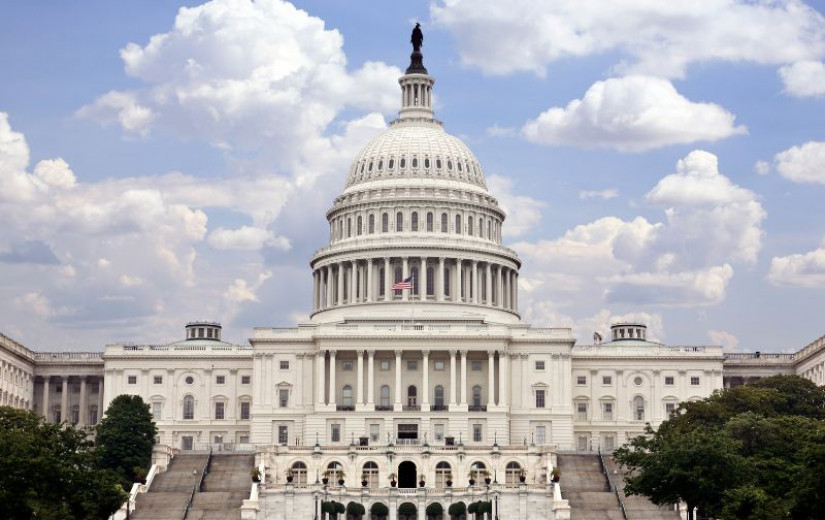
Dr. Monica Soni serves as Chief Medical Officer of Covered California, the state’s health insurance marketplace where Californians can find affordable, high-quality insurance from top insurance companies. During the current open enrollment period, which runs from November 1st through January 31st, Dr. Soni discusses the challenges facing healthcare access amid federal uncertainty over enhanced premium tax credits.
What gaps are you seeing in health care access and coverage specifically for the African American community?
I think we’ve made incredible progress over the last 10 years. We went from having one of the highest uninsured rates in the nation to having one of the lowest across the nation, and those improvements in coverage absolutely impacted Black and Brown, specifically African American communities, the most.
That doesn’t mean our work was done. We know that we still have gaps, folks that remain uninsured, primarily Black folks, brown folks in Southern California, but I have to say 2025 has been an incredible year. We hit record highs of having nearly 2 million folks across the state enrolled.
We were planning to continue to build from that strong base, but we’re in the middle of a federal shutdown right now, in part because of the issue of enhanced premium tax credits, and so there is a lot of uncertainty across California, across the nation. Will we be able to continue on those gains or will we have a pretty dramatic pullback of coverage?
What would the loss of enhanced premium tax credits mean for African Americans who rely on them for affordable health care coverage?
Covered California folks that we support are hardworking folks. We’re talking about folks that don’t qualify for insurance by income from Medi-Cal, don’t get insurance through their employers, are not old enough yet for Medicare, and having affordable coverage is critical to health, to wellness.
Over 90% of all Covered California enrollees have some form of federal support in those tax credits for premiums. We are estimating that potentially over 400,000 Californians would go uninsured just from Covered California changes if those tax credits are not extended.
When you look at the premium increases by population, the increases from December 2025 to January 2026 are over a 100% increase for folks that identify as Black. Those are wild numbers. Folks cannot all of a sudden absorb an increase in premiums to that extent, especially in such a short time frame. I don’t want to be hyperbolic, but I don’t want to underestimate. It’s really dire, what we’re talking about in terms of the immediate impact on consumers.
Why is open enrollment so important for Californians seeking health care coverage?
We know that not only is coverage challenging for folks, but if you have an unexpected health condition, we know that the rates of medical bankruptcy, that opening that bill that you get from the hospital after maybe an unexpected care need can be extremely disconcerting and worrisome for folks, and so making sure that you have coverage as the first step to taking care of yourself is really critical.
This is a tough open enrollment. We have a lot of uncertainty. We actually have all of our health plans with two entirely different sets of premiums, depending on what happens with the enhanced premium tax credits. To be able to message that, explain that, hold people’s hands in their decision-making in the middle of open enrollment is a very different rollout than we’ve had in past years.
I’m spending a lot of my time in community side-by-side with folks, having those intimate conversations, and all of our staff is really prepared to do the same. It’s really individual conversations about these tough choices.
How does Covered California’s sliding scale for financial assistance work?
Our website, coveredca.com, is extremely helpful, really easy to use. We’ve got a chat bot, you can call us, you can go to an in-person enroller, you can look by zip code, because it is very much an individualized decision.
The amount that you would be required to pay or what you’re eligible for in terms of support, does depend on your household size, how many people in your household need support, your income level as well. In this moment, 90% of our folks get some form of federal support for affordable coverage. So most folks are going to be able to qualify for some type of support.
What advice do you have for people evaluating different insurance options?
I would say call us. It’s still true that over 50% of those 2 million folks that have coverage right now from Covered California got it with some support from someone. We know that it’s confusing. We know that there’s a lot that’s being weighed. You don’t have to do it by yourself.
Pick up the phone, come to coveredca.com, use our chatbot, whatever you’re most comfortable with. We are here, our sole purpose is to support people in this decision making. You don’t have to go it alone.
What should African Americans consider when selecting a health plan during open enrollment?
On average, our Covered California enrollee is about 45 or so. By the time you get to 45, there is a lot of preventive care you should have already had. Colon cancer screening guidelines change to 45. Breast cancer screening guidelines change to 40.
These are folks, particularly in our community, who have disproportionate outcomes. Even folks that are getting screened at high rates, like folks that are getting breast cancer screening, we know that the mortality for Black women from breast cancer is two times the mortality rate for our white counterparts. But we’re getting mammograms at higher rates than those counterparts.
I think step one is we want to make sure that you get all of those preventive care interventions. That’s cancer screening, that’s screening for diabetes, that’s screening for blood pressure, it’s protecting your immune system, getting those vaccinations that you’re eligible for. All of that package of things I just described is free and covered under the Affordable Care Act.
With any of the plans that you choose, you are going to get that bundle of free preventive services. And then if folks have certain family history, particular risk factors, those are things that would be best discussed with a trusted primary care doctor.
How can people reach Covered California for assistance?
Definitely one of the easiest ways is coveredca.com. If you go on our website, you can also look up the brick and mortar locations. If you type in your zip code, it will show you the thousands of folks across the state of California who speak your language, who live in your community. Our navigators, our agents, our enroller partners are really happy to help support.
Our phone number is (800)-300-1506, if you prefer to talk to us that way. We really increased our resources on the call center during open enrollment, so we’re here to help support folks. Whatever modality you’re comfortable with, we are here to be a support in that capacity.
Open enrollment runs from November 1st through January 31st. These enhanced Premium Tax Credits could make all the difference in accessing quality care, so take advantage while they’re still available.









